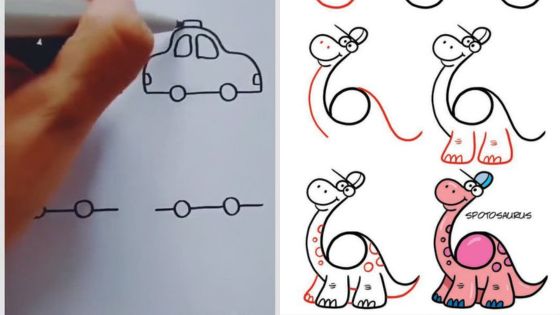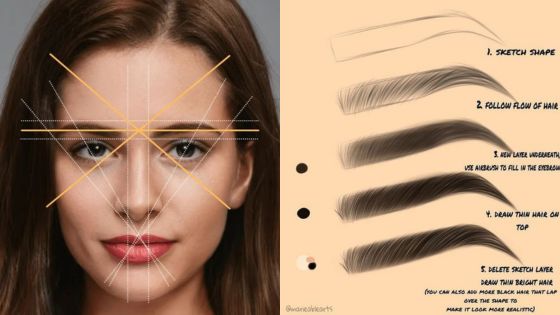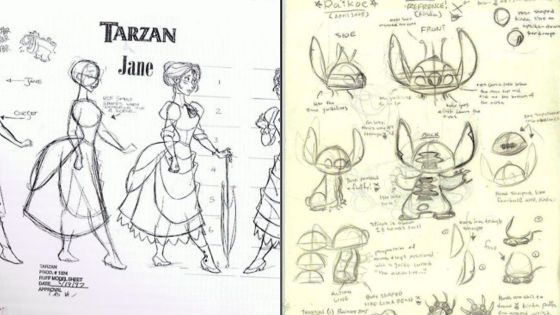Spicy drawing poses are a popular trend in the art world. These poses are dynamic, expressive, and often convey a sense of sensuality or passion. They are commonly used in figure drawing, fashion illustration, and comic book art. Spicy poses can be challenging to draw, but with practice and a solid understanding of the fundamentals, artists can create stunning and evocative images.
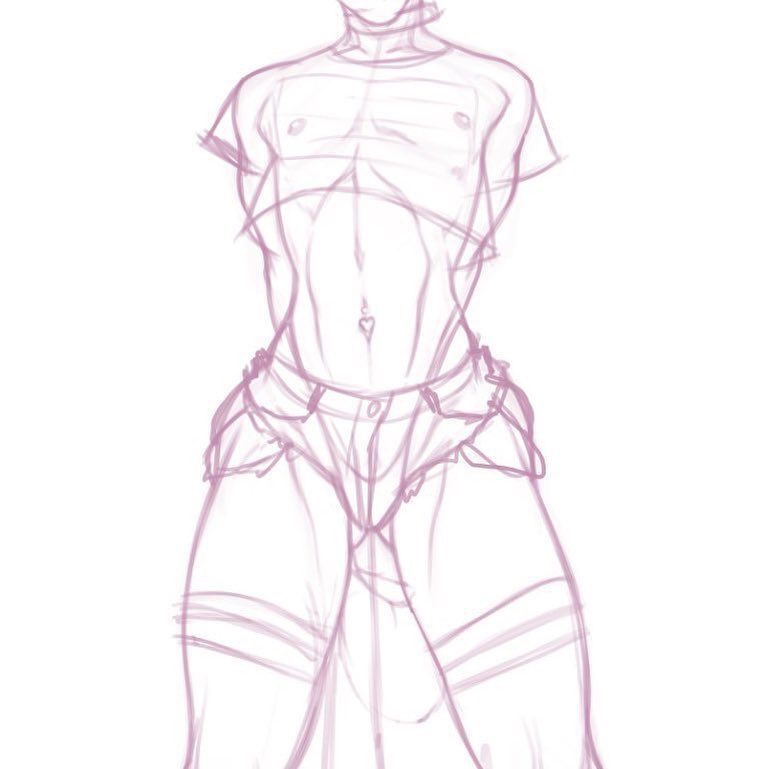
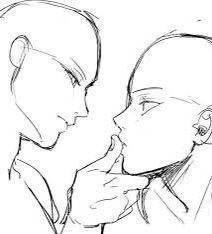
Fundamentals of Spicy Drawing Poses
To create a spicy drawing pose, an artist must first understand the fundamentals of figure drawing. This includes knowledge of anatomy, proportions, and perspective. Understanding how the human body moves and how muscles and bones interact is crucial when creating dynamic poses. Once an artist has a solid foundation in figure drawing, they can begin experimenting with more complex poses and incorporating facial expressions, clothing, and accessories.
Dynamic Poses
Dynamic poses are an essential element of spicy drawing poses. These poses convey movement and energy, and can be used to create a sense of drama or tension. Dynamic poses can be achieved by exaggerating the angles and curves of the body, using foreshortening to create depth, and incorporating diagonal lines to add a sense of motion. When combined with facial expressions and body language, dynamic poses can tell a powerful visual story.
Key Takeaways
- Spicy drawing poses require a solid foundation in figure drawing, including knowledge of anatomy, proportions, and perspective.
- Dynamic poses are essential for creating spicy drawing poses and can be achieved through exaggeration, foreshortening, and diagonal lines.
- Spicy drawing poses can be used to tell a powerful visual story when combined with facial expressions and body language.
Fundamentals of Spicy Drawing Poses
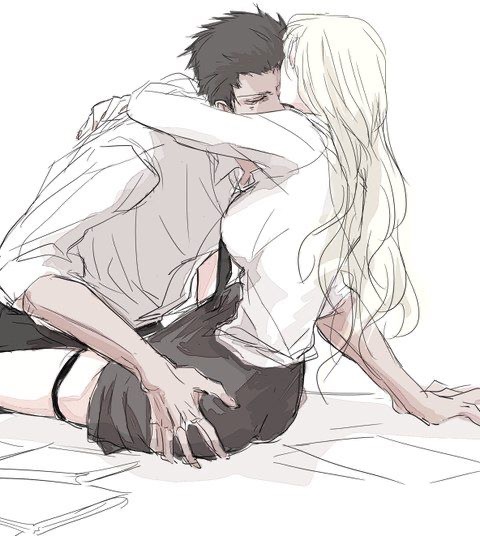
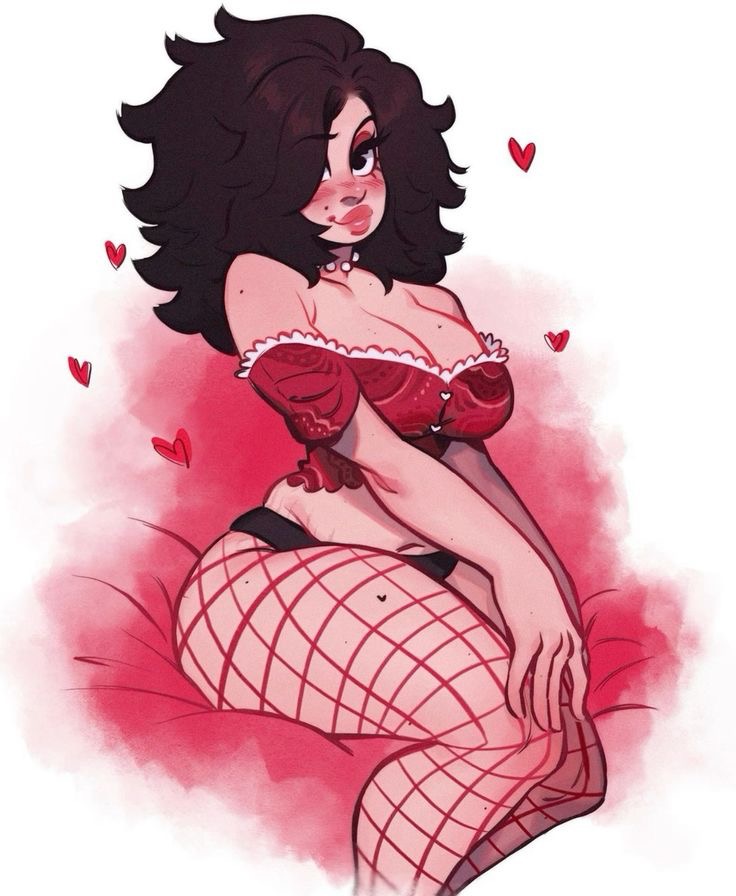
When it comes to drawing spicy poses, there are a few fundamental principles that artists should keep in mind. These principles can help create dynamic and engaging poses that capture the viewer’s attention.
Balance and Weight Distribution
One of the most important aspects of a spicy pose is balance. The weight of the character should be distributed in a way that looks natural and believable. If the character is standing, their weight should be evenly distributed between both feet. If they’re leaning, the weight should be shifted to the appropriate foot to maintain balance.
Line of Action
The line of action is an imaginary line that runs through the character’s body, indicating the direction and flow of movement. It’s important to establish a clear line of action in a spicy pose to create a sense of movement and energy. The line of action can be achieved through the placement of the limbs and the tilt of the character’s torso.
Contrapposto
Contrapposto is a pose in which the weight of the character is shifted onto one foot, causing the hips and shoulders to tilt in opposite directions. This pose can add a sense of tension and dynamism to a spicy pose. It’s important to ensure that the pose looks natural and not forced.
Foreshortening
Foreshortening is a technique used to create the illusion of depth and perspective in a drawing. It involves distorting the proportions of the character’s body to create the illusion of them being closer or further away. Foreshortening can be used to create dramatic and spicy poses, but it’s important to ensure that the proportions remain believable.
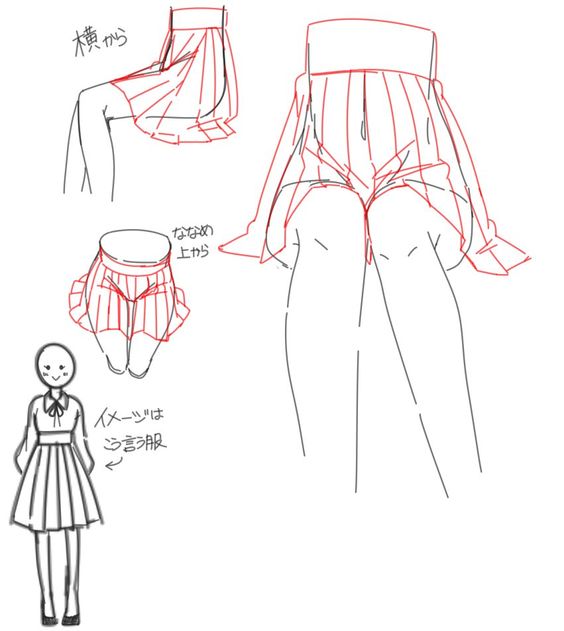
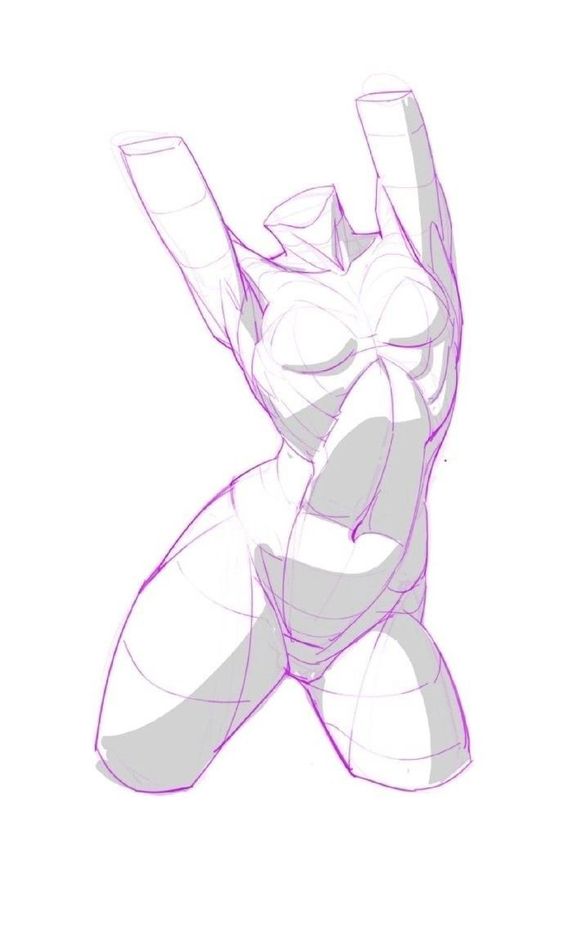
By keeping these fundamental principles in mind, artists can create spicy poses that are both dynamic and believable. With practice and experimentation, artists can develop their own unique style and create poses that are truly captivating.
Dynamic Poses

Action Shots
Dynamic poses are all about capturing movement and energy in a still image. Action shots are perfect for conveying this sense of motion and excitement. These poses are often used in action scenes, sports illustrations, and superhero comics.

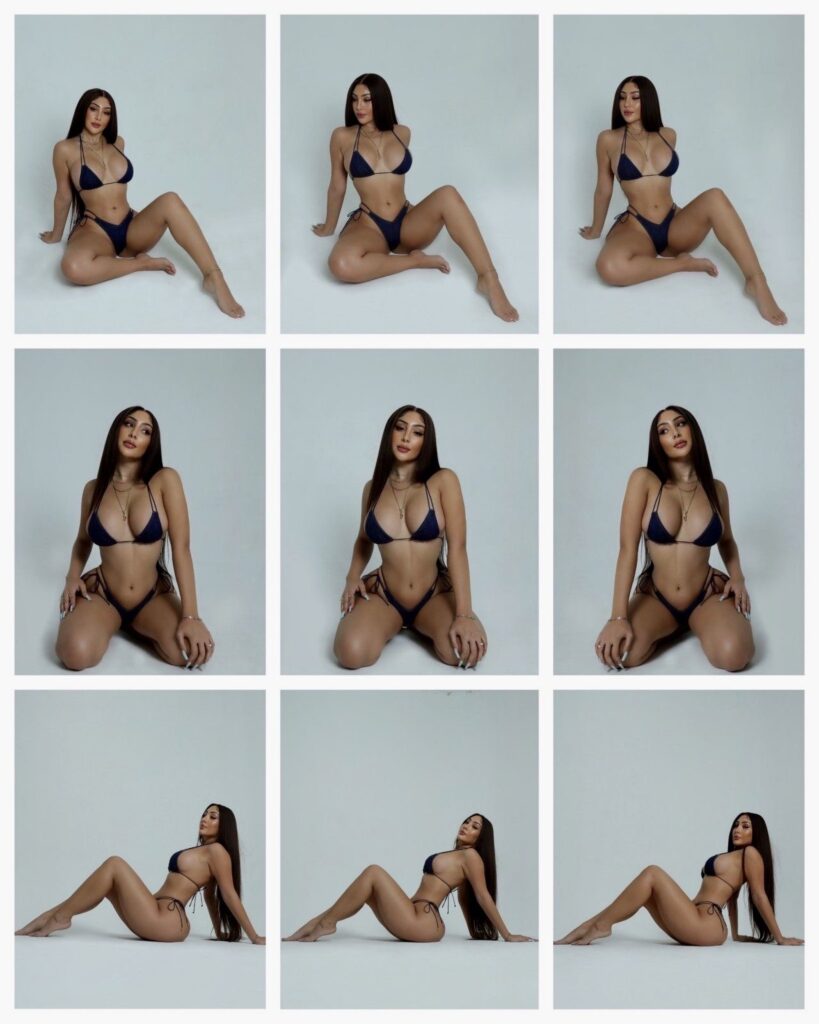
To create an action shot, the character should be shown in mid-movement. This can be achieved by using diagonal lines, asymmetrical poses, and foreshortening. The character’s face should also convey the sense of determination and intensity that comes with being in the middle of an action-packed moment.
Dramatic Angles
Dramatic angles are another way to add energy and movement to a drawing. By using unusual camera angles, such as a low angle or a Dutch angle, the artist can create a sense of tension and drama. These angles can also be used to emphasize certain parts of the character’s body, such as their muscles or weapon.

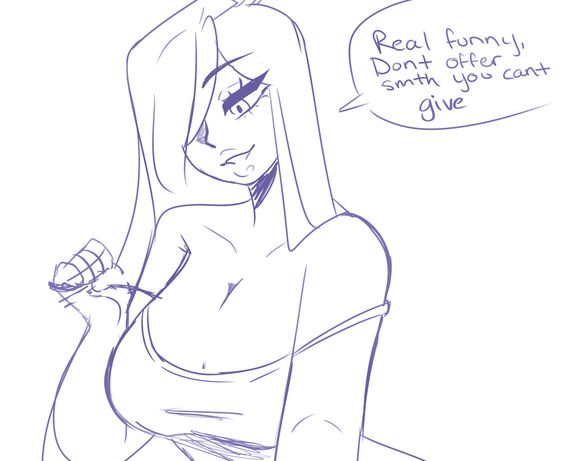
When using dramatic angles, it’s important to keep the composition balanced and easy to read. The character should still be the focus of the drawing, even if the angle is unconventional.
Flow of Movement
The flow of movement is the way that the character’s body moves through space. This can be conveyed through the use of curved lines, overlapping shapes, and dynamic poses. The flow of movement is important because it helps to create a sense of continuity and fluidity in the drawing.
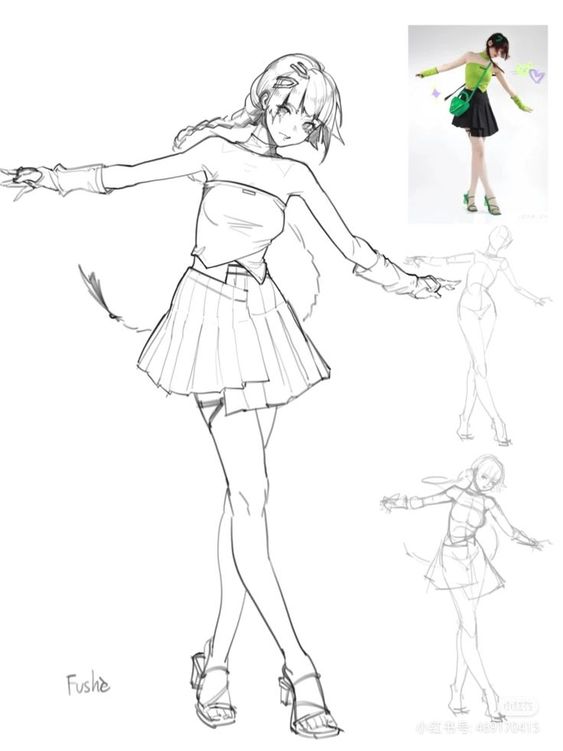
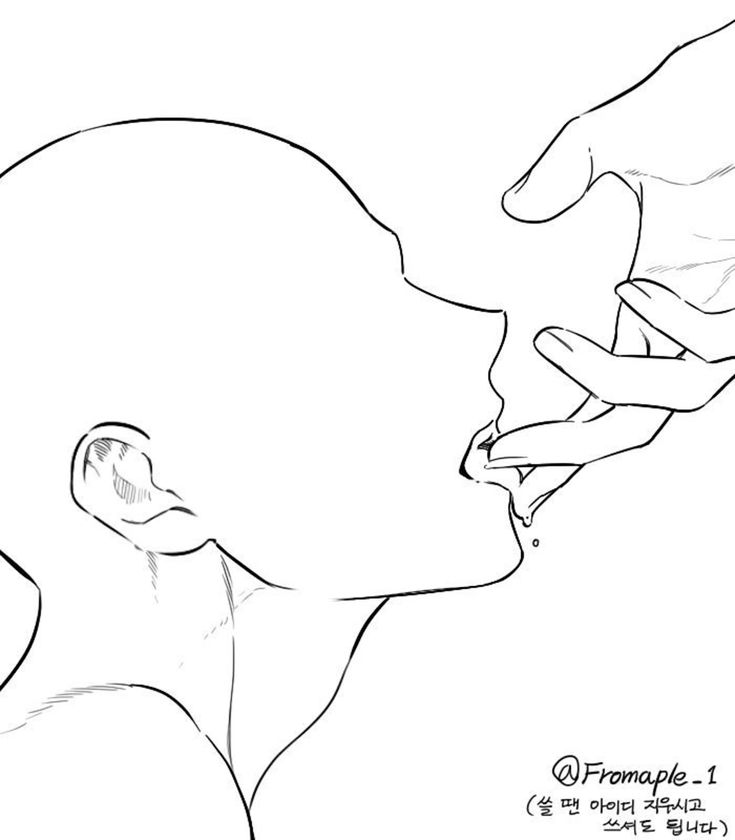
To create a sense of flow, the artist should pay attention to the character’s center of gravity and balance. The character’s weight should be distributed evenly, even if they are in an asymmetrical pose. The artist should also pay attention to the character’s clothing and hair, which can be used to show the direction of movement.
Overall, dynamic poses are a great way to add energy and excitement to a drawing. By using action shots, dramatic angles, and the flow of movement, the artist can create a dynamic and engaging composition.
Facial Expressions

Capturing Intensity
Facial expressions are an essential aspect of drawing poses, especially when it comes to capturing intensity. Intense facial expressions can convey a wide range of emotions, from anger and aggression to passion and desire. To capture these expressions accurately, it’s important to pay close attention to the details of the face.
One effective technique for capturing intensity is to focus on the eyes. The eyes are often referred to as the window to the soul, and for good reason. They can convey a wealth of emotion, from sadness and despair to joy and excitement. By paying close attention to the shape and position of the eyes, as well as the eyebrows and eyelids, you can capture the intensity of the expression.
Another important aspect of capturing intensity is to pay attention to the mouth. The mouth can convey a wide range of emotions, from anger and frustration to joy and pleasure. By paying close attention to the shape and position of the lips, as well as the teeth and tongue, you can capture the intensity of the expression.
Eye Contact
Eye contact is another important aspect of facial expressions in drawing poses. Eye contact can convey a wide range of emotions, from confidence and assertiveness to shyness and vulnerability. To capture eye contact accurately, it’s important to pay close attention to the position and shape of the eyes, as well as the eyebrows and eyelids.
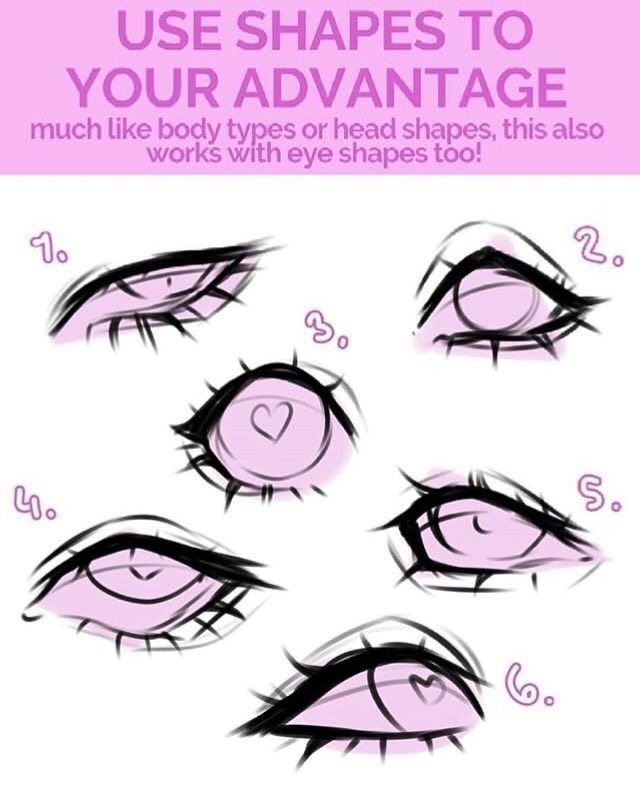
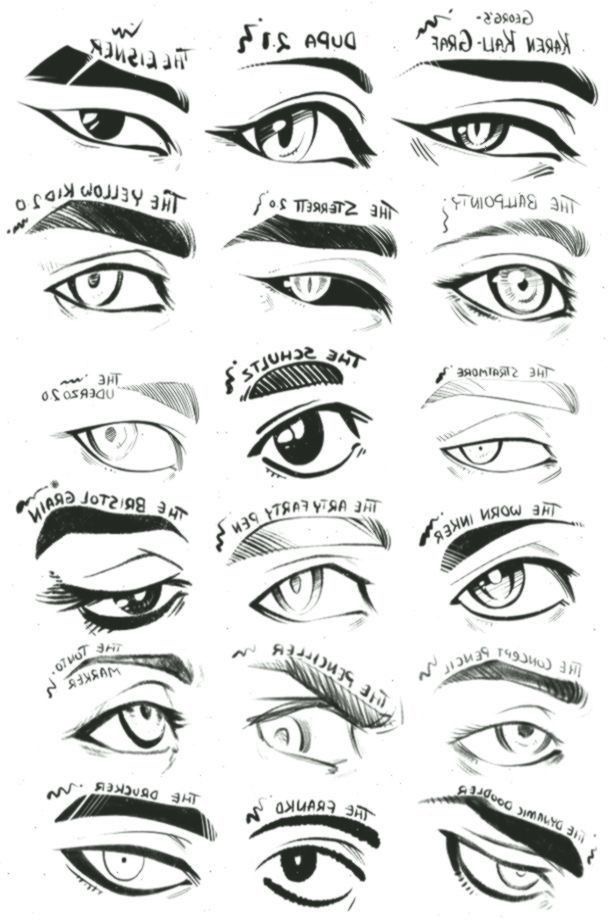
One effective technique for capturing eye contact is to focus on the gaze of the eyes. The gaze can convey a wide range of emotions, from curiosity and interest to suspicion and distrust. By paying close attention to the direction and intensity of the gaze, you can capture the eye contact of the expression.
Another important aspect of capturing eye contact is to pay attention to the position of the head. The position of the head can convey a wide range of emotions, from confidence and assertiveness to shyness and vulnerability. By paying close attention to the angle and tilt of the head, as well as the position of the neck and shoulders, you can capture the eye contact of the expression.
Anatomy and Proportions

Exaggeration for Effect
When it comes to creating spicy drawing poses, exaggeration can be a useful tool. By exaggerating certain aspects of the human anatomy, artists can create poses that are more dynamic and visually interesting. However, it’s important to strike a balance between exaggeration and realism to avoid creating unrealistic or cartoonish poses.
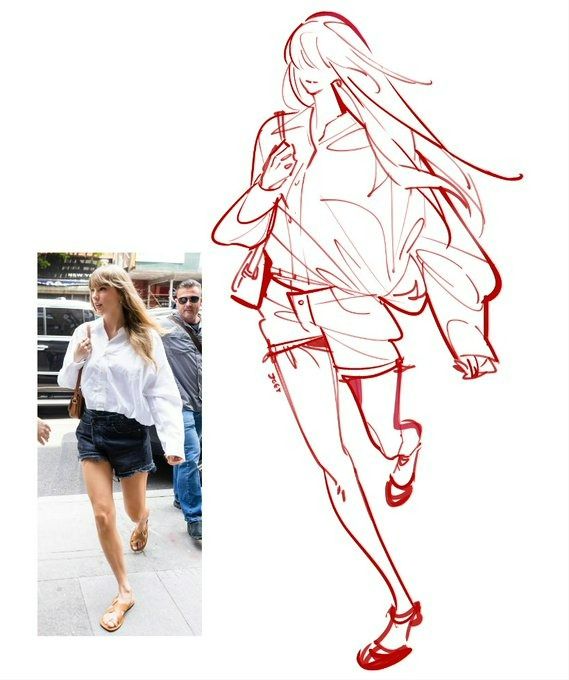
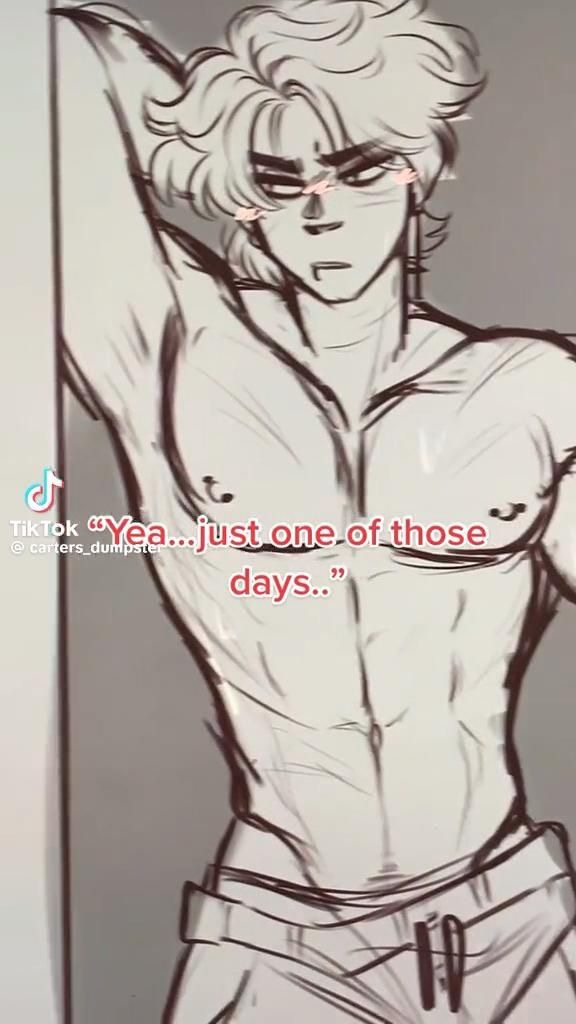
One way to exaggerate anatomy is by elongating certain body parts, such as the legs or arms. This can create a sense of movement and energy in the pose. Another way to exaggerate anatomy is by emphasizing certain muscle groups, such as the abs or biceps. This can create a sense of strength and power in the pose.
Realism vs. Stylization
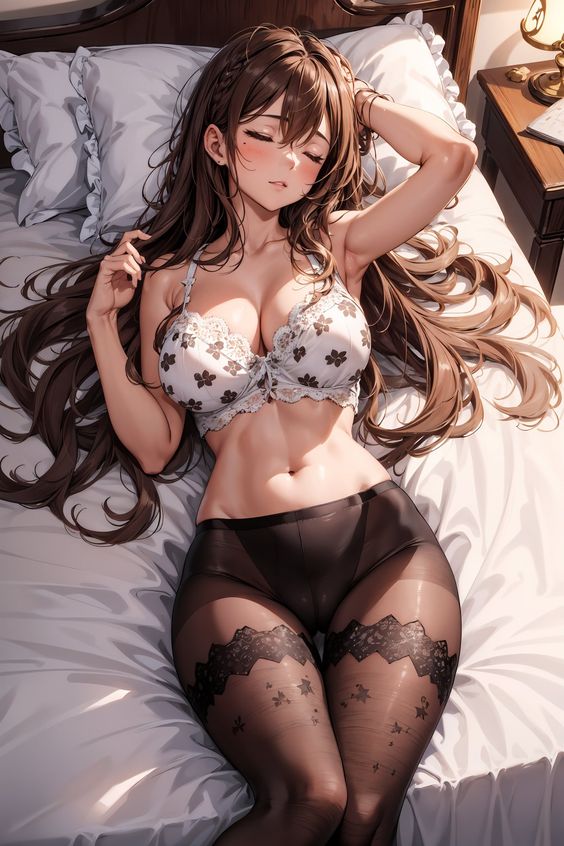
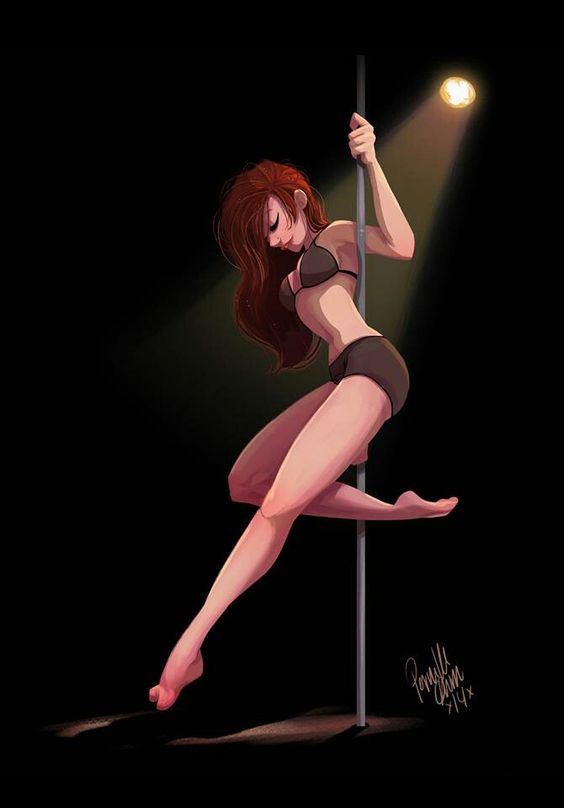
While exaggeration can be useful in creating spicy drawing poses, it’s also important to consider realism versus stylization. Realistic poses can be more challenging to draw, but they can also create a sense of authenticity and believability. Stylized poses, on the other hand, can be more exaggerated and simplified, but they can also be more visually striking.
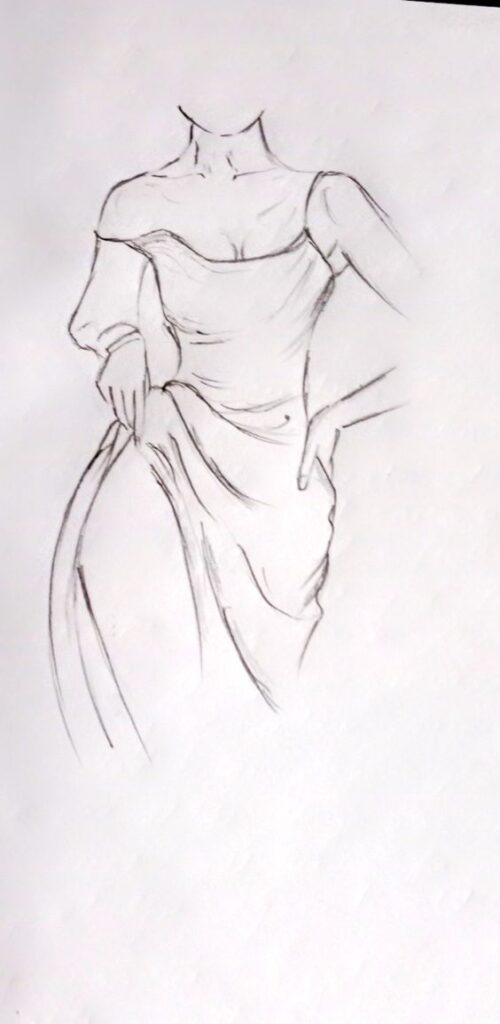
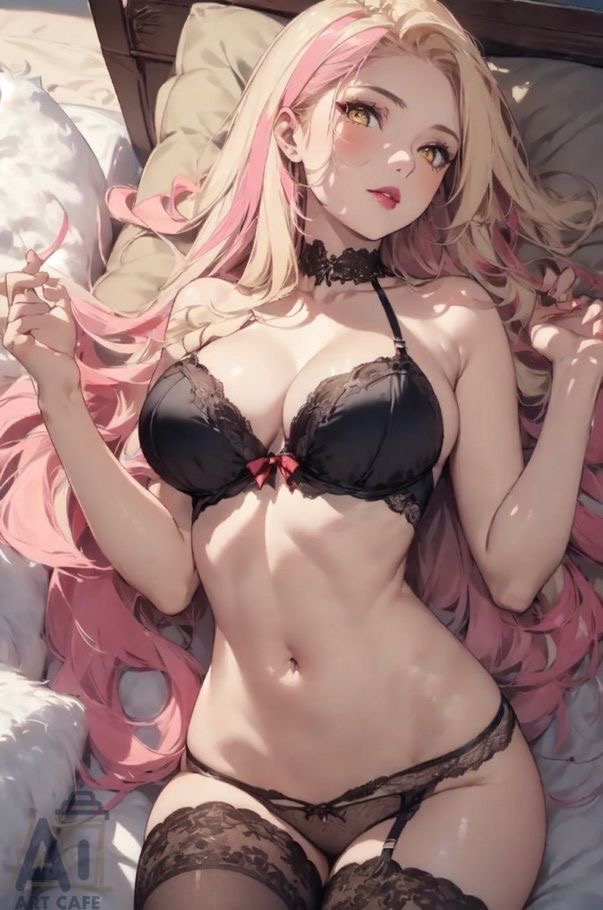
When it comes to anatomy and proportions, it’s important to have a solid understanding of the human body. This includes knowledge of skeletal structure, muscle groups, and body proportions. By studying anatomy, artists can create more realistic poses that accurately depict the human form.
Overall, the key to creating spicy drawing poses is to strike a balance between exaggeration and realism, while also considering the overall style and tone of the artwork. By understanding anatomy and proportions, artists can create poses that are both visually striking and believable.
Use of Color and Contrast
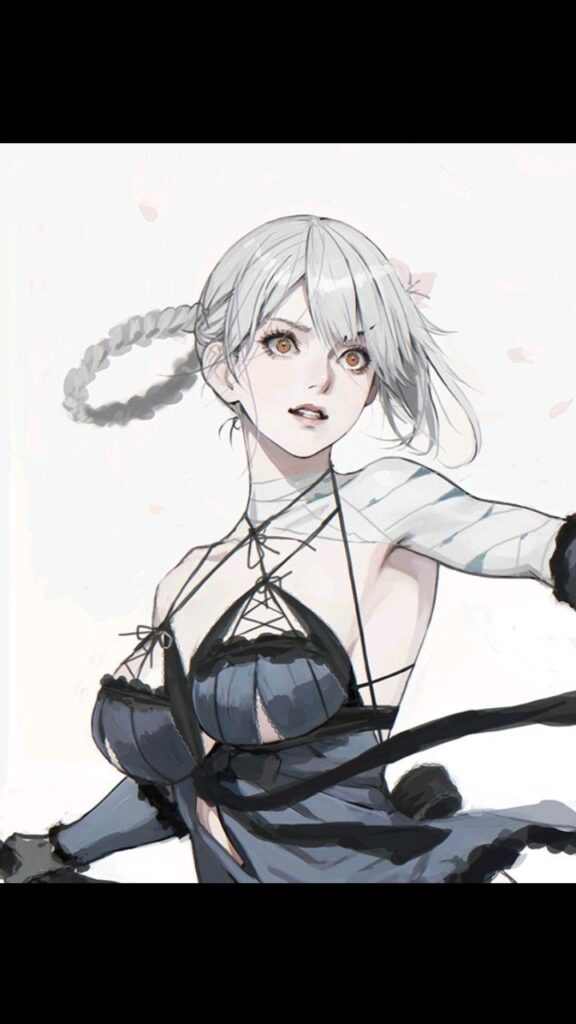
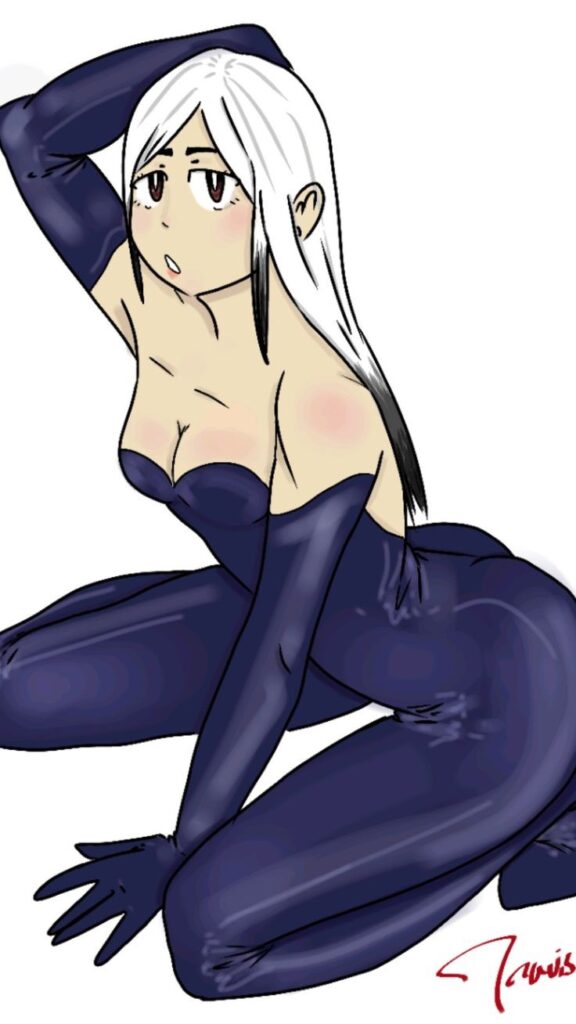
When it comes to spicy drawing poses, the use of color and contrast can greatly enhance the overall impact of the artwork. Bold and vibrant colors can help draw attention to specific areas of the drawing, while subtle variations in color can create depth and dimensionality.
One effective way to use color and contrast is to create a focal point within the drawing. This can be achieved by using bright colors or high contrast in a specific area, such as the face or hands of the subject. By drawing attention to this area, the artist can create a sense of drama and intensity.
Another way to use color and contrast is to create a sense of movement or energy within the drawing. This can be achieved by using dynamic colors and contrasting tones to create a sense of motion or tension. For example, using warm colors and high contrast in the background can create a sense of energy and excitement, while cool colors and low contrast can create a sense of calm and relaxation.
Overall, the use of color and contrast can greatly enhance the impact of spicy drawing poses. By using bold and vibrant colors, subtle variations in tone, and strategic contrast, artists can create dynamic and engaging artwork that captures the viewer’s attention and imagination.
Lighting and Shadowing
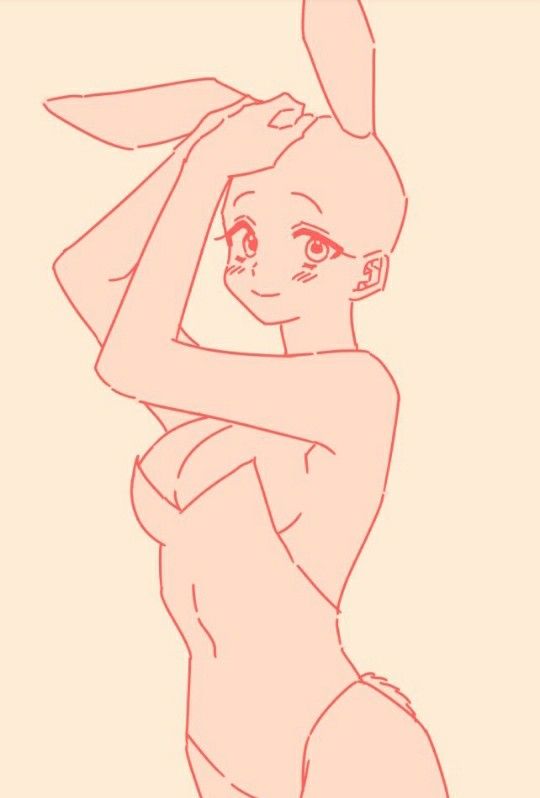
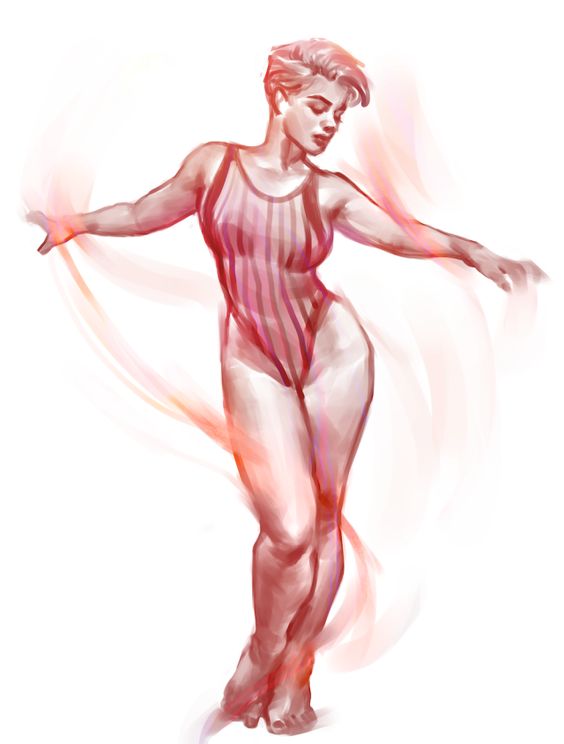
Direct and Indirect Light
When it comes to drawing spicy poses, lighting plays a crucial role in creating a dramatic effect. The position of the light source determines the direction of the shadows and highlights, which can greatly enhance the overall composition of the drawing.
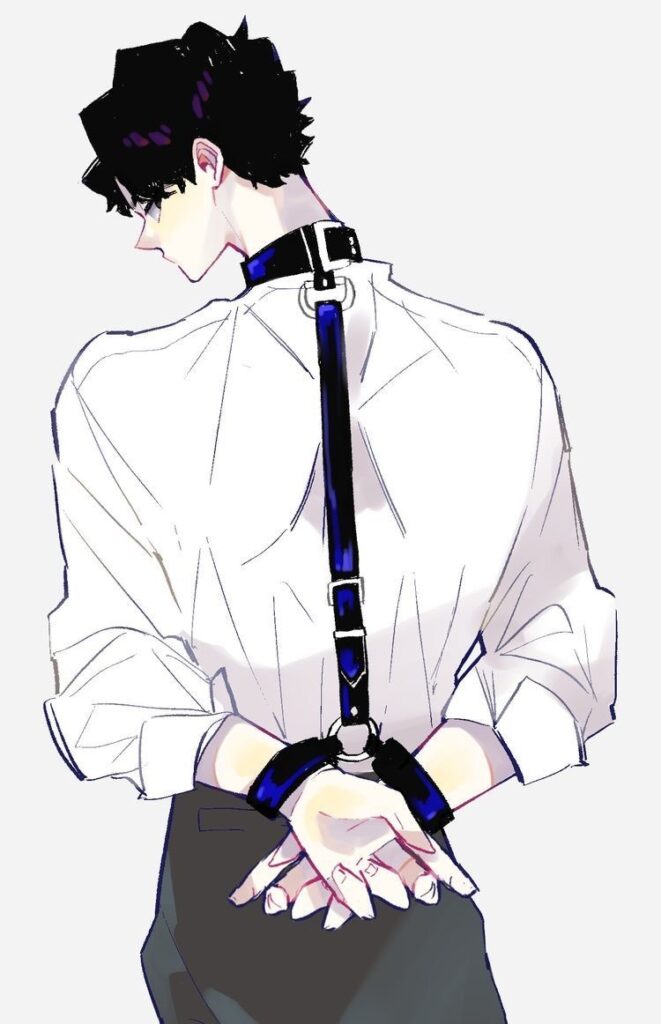
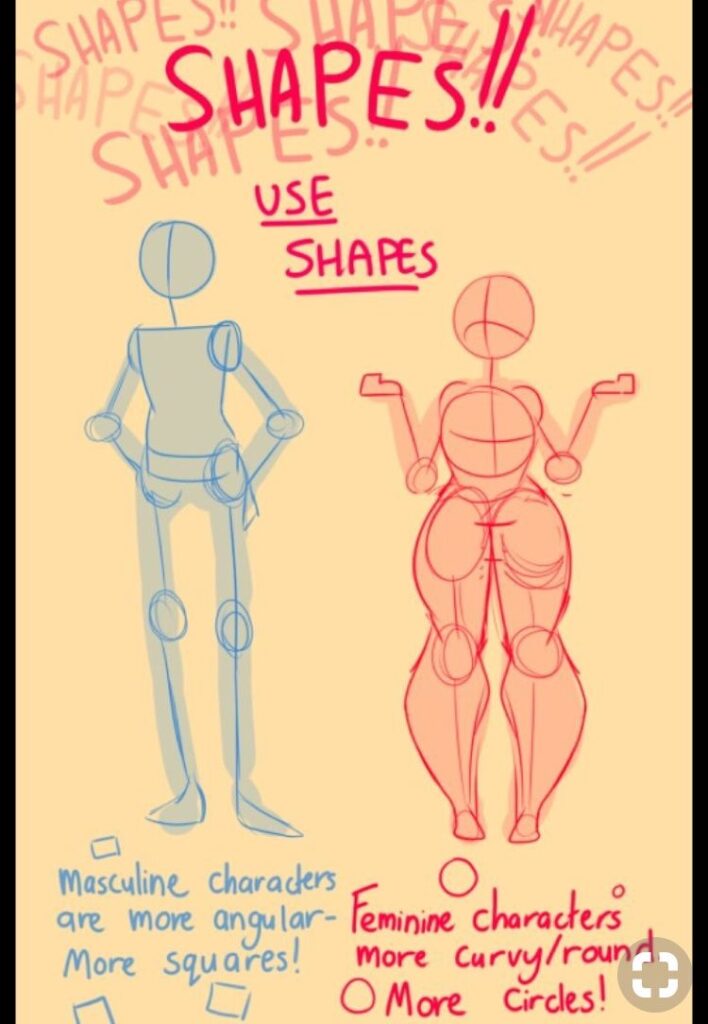
Direct lighting, where the light source is pointed directly at the subject, creates strong highlights and deep shadows. This type of lighting is ideal for emphasizing the contours of the body and creating a sense of depth and dimensionality.
Indirect lighting, on the other hand, is more diffused and creates softer shadows and highlights. This type of lighting is ideal for creating a more romantic or dreamy atmosphere in the drawing.
Shadow Placement
The placement of the shadows is equally important in creating a dynamic and visually appealing drawing. Shadows can be used to accentuate the curves and contours of the body, as well as to create a sense of depth and dimensionality.
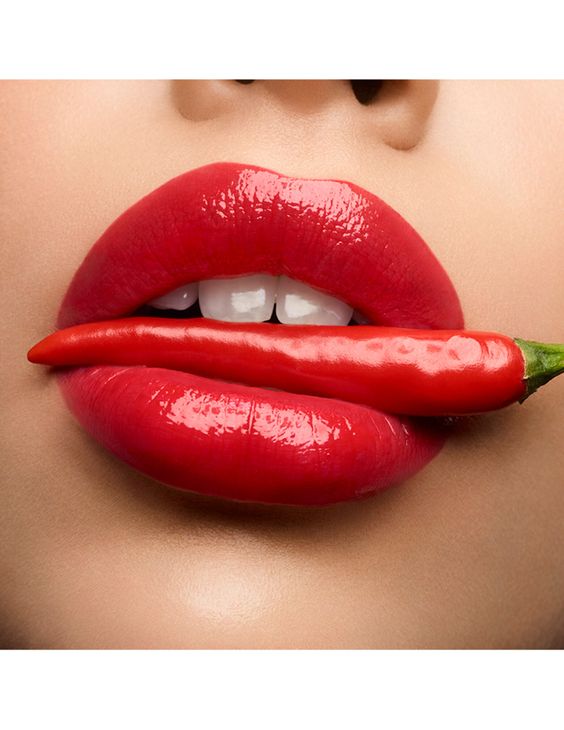
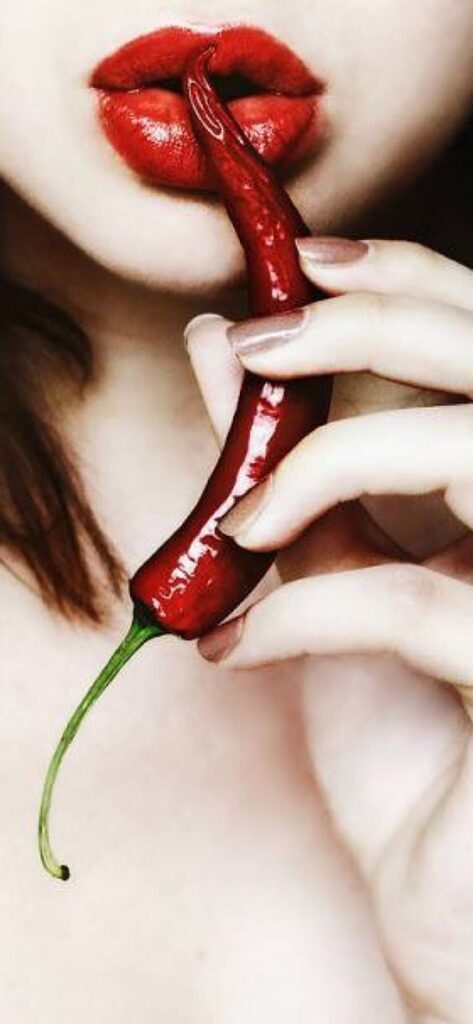
When placing shadows, it’s important to consider the direction of the light source and the position of the subject. Shadows should be placed on the opposite side of the light source, and should be darker and more defined in areas where the body curves or bends.
Overall, understanding the principles of lighting and shadowing is essential for creating compelling and visually striking spicy poses. By experimenting with different lighting techniques and shadow placements, artists can elevate their drawings to the next level.
Clothing and Accessories

Texture and Patterns
When it comes to spicy drawing poses, clothing and accessories can add a lot of visual interest and complexity. Texture and patterns are two important elements to consider when drawing clothing and accessories.
Textures can add depth and dimension to a piece of clothing or accessory. For example, a leather jacket can be drawn with a rough texture to make it appear more realistic. Similarly, a scarf can have a soft, flowing texture to make it look more comfortable and cozy.
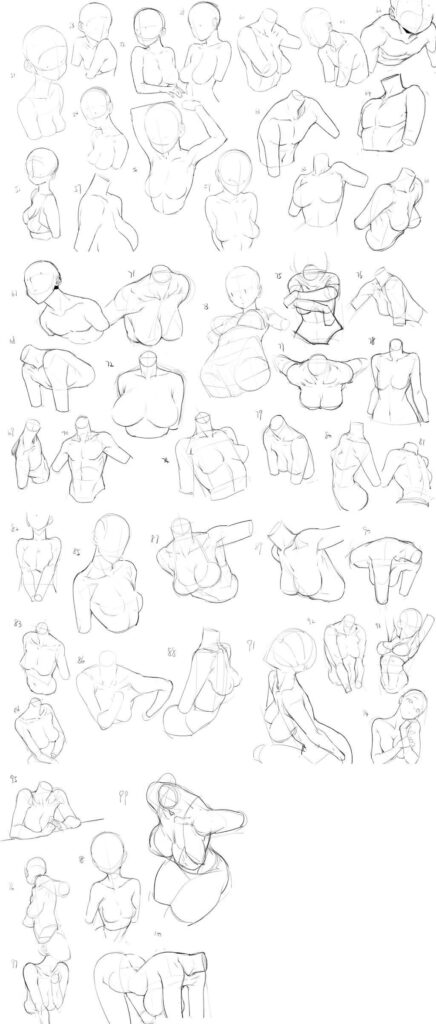
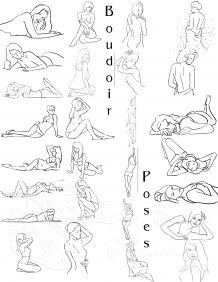
Patterns can also add visual interest to clothing and accessories. Stripes, polka dots, and florals are all popular patterns that can be incorporated into a spicy drawing pose. When using patterns, it’s important to consider the scale and placement of the pattern to ensure that it complements the overall composition of the drawing.
Clothing Dynamics
Another important aspect of drawing clothing and accessories is understanding clothing dynamics. Clothing dynamics refer to the way that clothing moves and interacts with the body.
For example, a loose-fitting blouse will move differently than a tight-fitting tank top. Understanding these differences can help you create more realistic and dynamic poses.
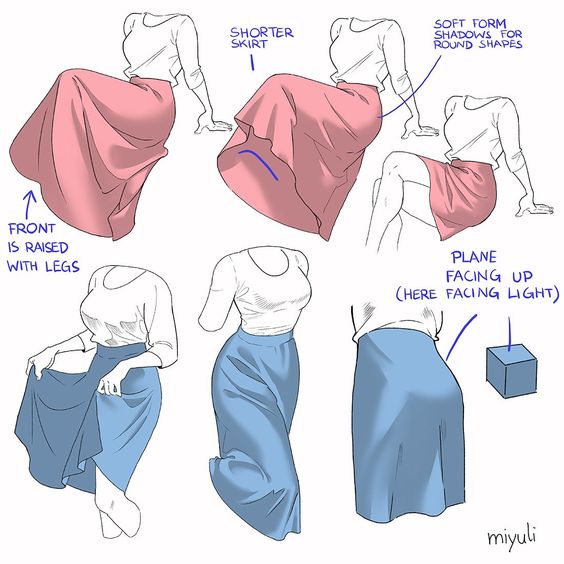
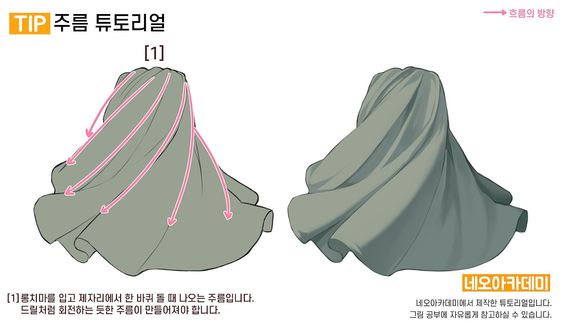
Accessories can also add to the overall dynamics of a spicy drawing pose. A flowing scarf or dangling earrings can add movement and interest to an otherwise static pose.
Overall, incorporating texture, patterns, and clothing dynamics into a spicy drawing pose can add depth and complexity. By understanding these elements, artists can create more dynamic and realistic poses that capture the attention of their audience.
Composition and Framing
When it comes to drawing spicy poses, composition and framing are crucial elements to consider. These elements help to create a visually appealing and cohesive piece of art.

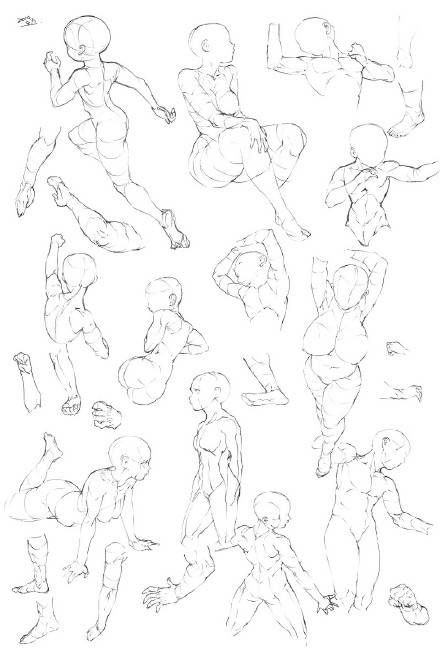
Firstly, the composition of the drawing should be well-balanced. The artist should consider the placement of the characters and objects in the scene, as well as their size and proportions. This can be achieved by using the rule of thirds or other composition techniques.
Secondly, framing is important in drawing spicy poses. The artist should consider the angle and perspective of the drawing, as well as the placement of the characters within the frame. This can help to create a sense of depth and dimension in the drawing.
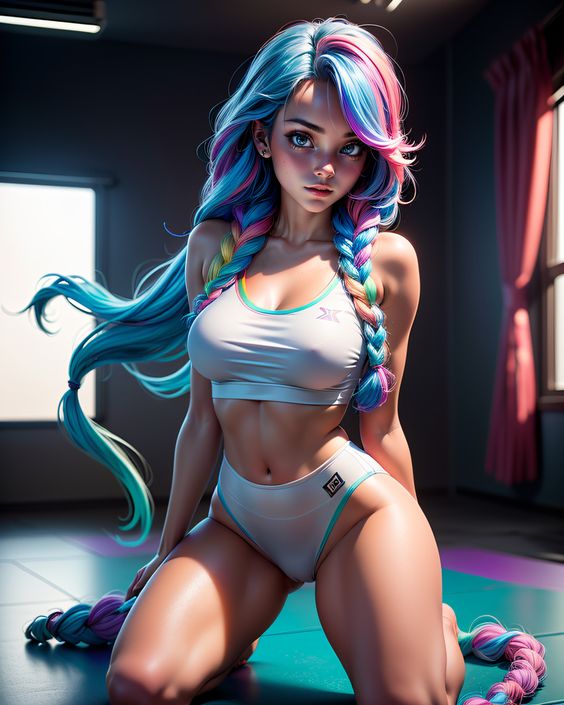
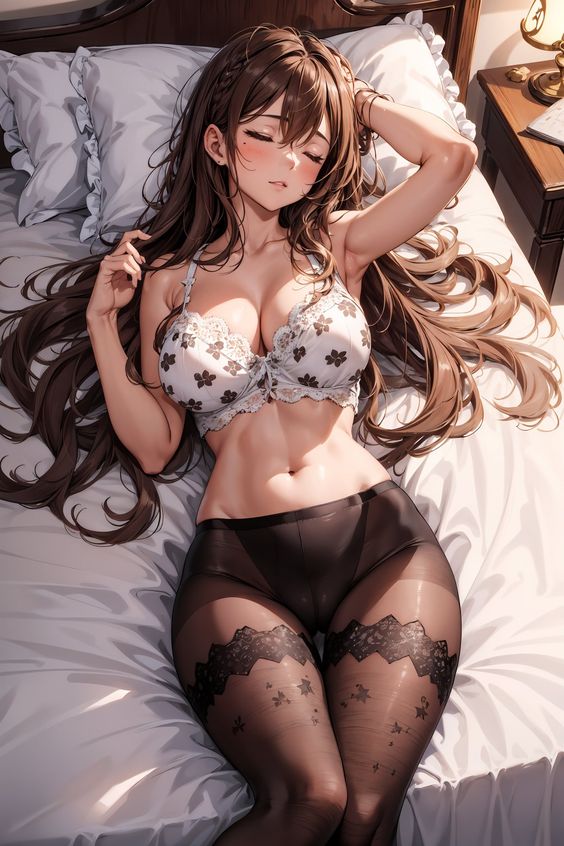
It is also important to consider the use of negative space in the composition and framing of the drawing. Negative space can be used to create contrast and emphasize the main subject of the drawing.
In addition, the use of lines and shapes can also contribute to the composition and framing of the drawing. The artist can use diagonal lines to create a sense of movement and energy, while the use of curves can create a sense of softness and sensuality.
Overall, the composition and framing of a spicy drawing pose are essential elements that can help to create a visually appealing and dynamic piece of art. By considering these elements, the artist can create a drawing that is both aesthetically pleasing and emotionally engaging.
Context and Background
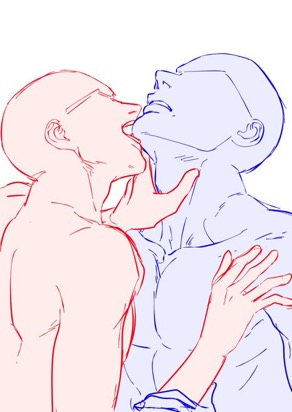
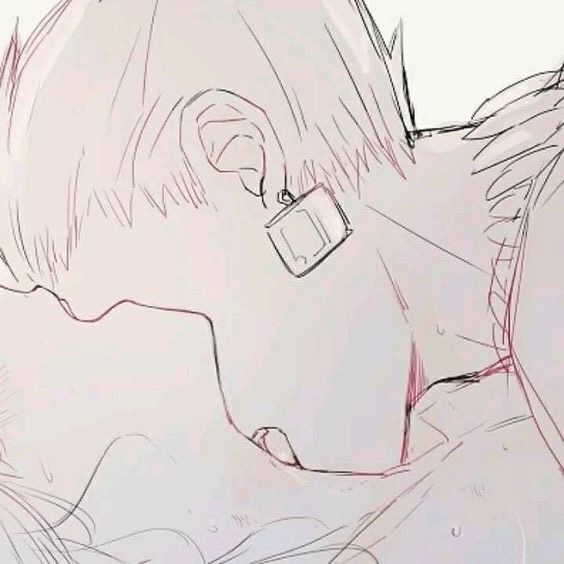
Environmental Interaction
When it comes to drawing spicy poses, it’s important to consider the environment in which the characters are interacting. This can include factors such as lighting, weather, and terrain. For example, a couple embracing in the rain will have a very different dynamic than a couple embracing in a sunny field.
Furthermore, the environment can also be used to enhance the spicy nature of the pose. Drawing characters in a dimly lit room or a secluded alleyway can add an element of danger and excitement to the scene. On the other hand, drawing characters in a more public setting, such as a crowded street or a busy restaurant, can add a sense of risk and daring to the pose.
Background Elements
Another important aspect to consider when drawing spicy poses is the use of background elements. These can include things such as furniture, props, and other objects that can add depth and context to the scene. For example, a couple embracing on a bed will have a very different feel than a couple embracing on a park bench.
In addition, background elements can also be used to add symbolism and meaning to the pose. For example, drawing a couple embracing in front of a burning building can symbolize the intensity and passion of their relationship. Alternatively, drawing a couple embracing in front of a serene landscape can symbolize the peaceful and harmonious nature of their relationship.
Overall, when it comes to drawing spicy poses, it’s important to consider both the environment and the background elements in order to create a scene that is both visually appealing and emotionally impactful.
Storytelling Through Poses

Posing is a crucial part of storytelling in drawing. It can convey emotions, actions, and even entire narratives. A well-executed pose can enhance the story and make it more engaging for the viewer. Here are some tips to help you tell better stories through your poses.
1. Understand the Character
To create a pose that tells a story, you need to understand the character’s personality, motives, and emotions. Consider their backstory, their current situation, and what they are trying to achieve. This will help you create a pose that is authentic and consistent with the character’s personality.
2. Use Body Language
Body language can convey a lot of information about a character’s emotions and intentions. A character who is confident and in control may stand tall with their arms crossed, while a character who is nervous or afraid may hunch over with their arms wrapped around themselves. Using body language in your poses can help you tell a more nuanced and complex story.
3. Create Movement
Movement can add energy and excitement to a pose. Consider the action the character is taking and how that action affects their body. A character who is running may have their arms and legs stretched out, while a character who is punching may have their arm pulled back with their fist clenched. Adding movement to your poses can make them more dynamic and engaging.
4. Use Props
Props can help you tell a more detailed and specific story. Consider the objects that are important to the character or the scene and incorporate them into the pose. A character who is a chef may be holding a spatula, while a character who is a musician may be holding a guitar. Using props can make your poses more interesting and memorable.
In conclusion, posing is a powerful tool for storytelling in drawing. By understanding the character, using body language, creating movement, and using props, you can create poses that enhance the story and engage the viewer.
Cultural Considerations in Posing
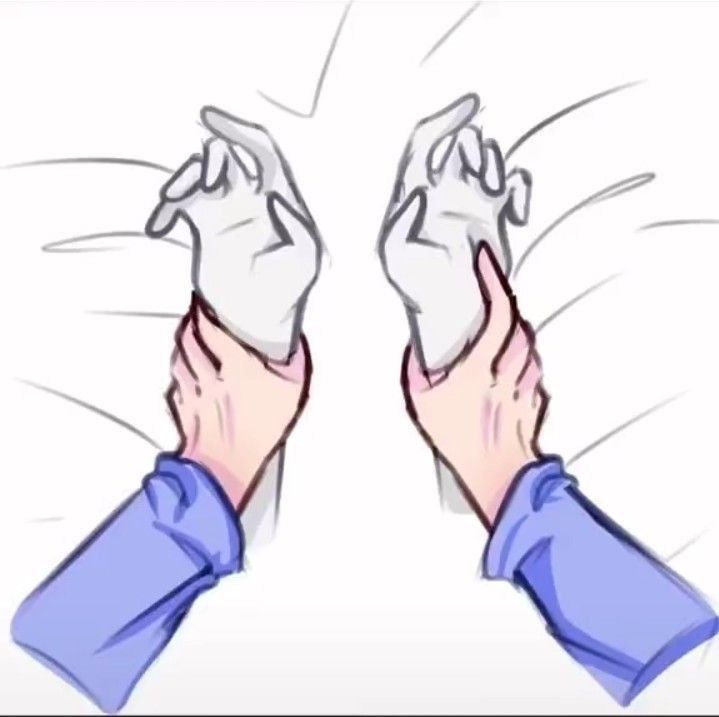
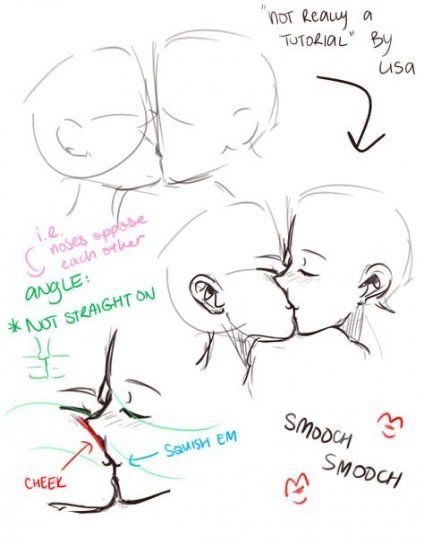
When creating spicy drawing poses, it’s important to consider cultural differences and sensitivities. What may be considered provocative or alluring in one culture may be viewed as offensive or inappropriate in another.
For example, in some cultures, it may be considered taboo to show certain body parts, such as the feet or midriff. In others, it may be acceptable to show more skin but not to reveal too much cleavage or wear tight clothing.
It’s also important to consider the historical context of certain poses. For instance, a pose that may have been acceptable in the past may now be viewed as outdated or offensive. Additionally, some poses may have religious or spiritual significance in certain cultures, and using them in a sexual context may be disrespectful.
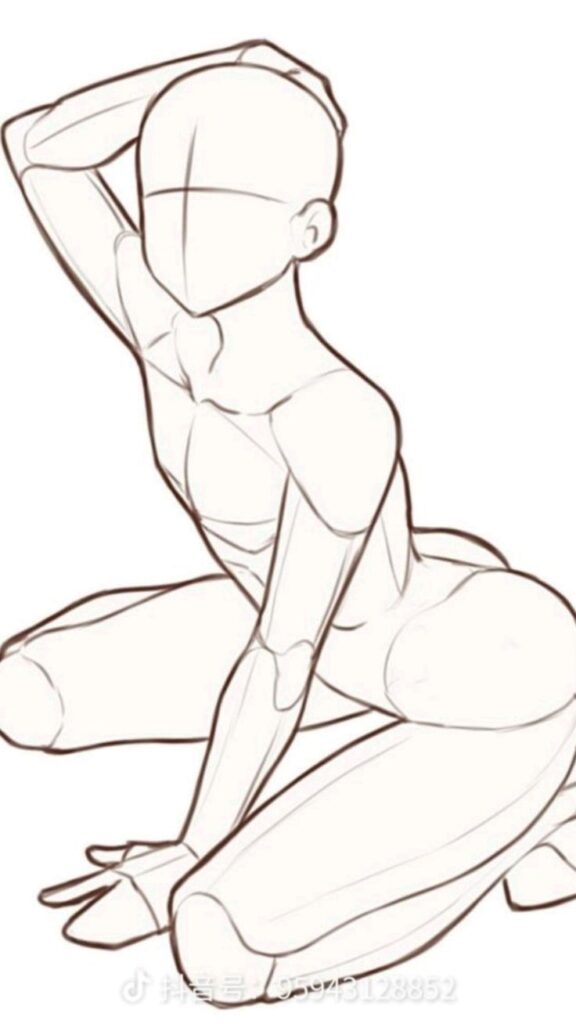
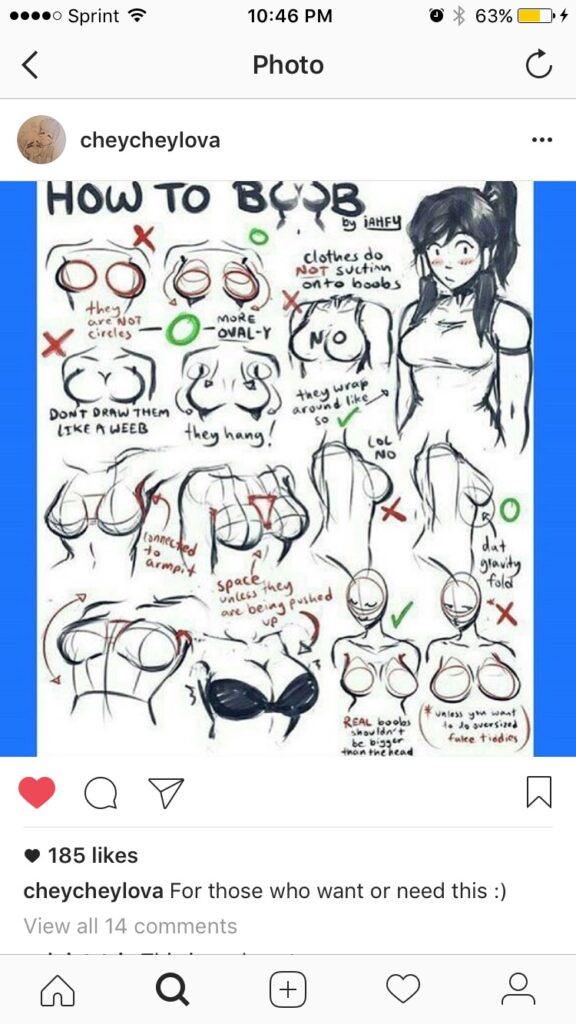
When creating spicy drawing poses, it’s essential to research and understand the cultural norms and values of the audience you are targeting. This can help you avoid unintentionally offending or alienating your viewers.
In summary, cultural considerations should always be taken into account when creating spicy drawing poses. By being mindful of cultural differences and sensitivities, artists can create work that is both provocative and respectful.
Legal and Ethical Considerations
When drawing poses, it is important to consider the legal and ethical implications of your work. Here are some key points to keep in mind:
Copyright Infringement
It is important to ensure that your drawings do not infringe on anyone’s copyright. This means that you should not copy or reproduce someone else’s work without their permission. If you are using reference images, make sure that you have the appropriate permissions or licenses to use them.
Nudity and Sexual Content
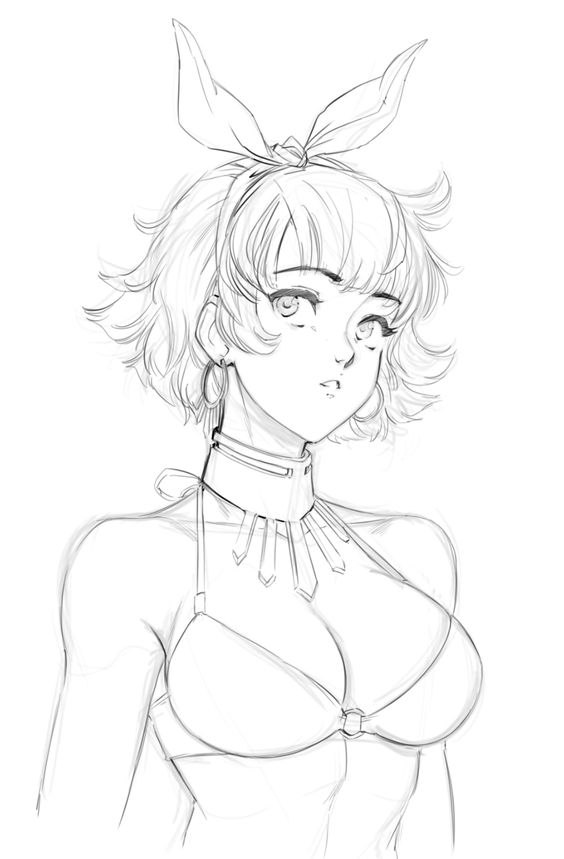
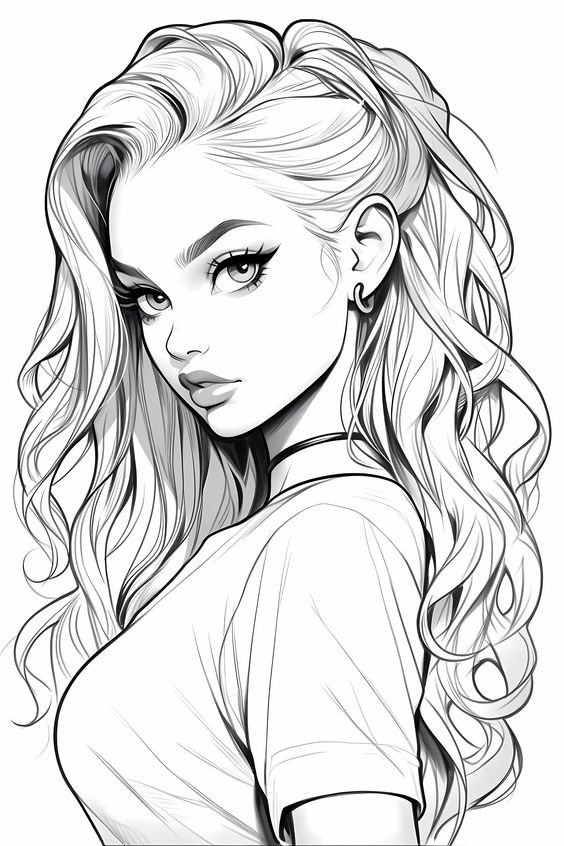
When drawing poses that involve nudity or sexual content, it is important to consider the potential impact on your audience. If your work is intended for a general audience, you may need to be more conservative in your depictions. Additionally, you should be aware of any laws or regulations in your jurisdiction that may restrict the depiction of nudity or sexual content.
Cultural Sensitivity
When drawing poses that involve people from different cultures, it is important to be sensitive to cultural differences and avoid perpetuating stereotypes or offensive depictions. This includes being aware of cultural dress and customs, as well as avoiding depictions that may be considered racist or discriminatory.
Model Release Forms
If you are working with models, it is important to have them sign a model release form. This protects both you and the model by ensuring that the model has given their permission for their likeness to be used in your work. The release form should clearly outline the intended use of the images and any compensation that will be provided.
By considering these legal and ethical considerations, you can ensure that your drawings are respectful, appropriate, and legally sound.
- 23.8Kshares
- Facebook0
- Pinterest23.8K
- Twitter0
